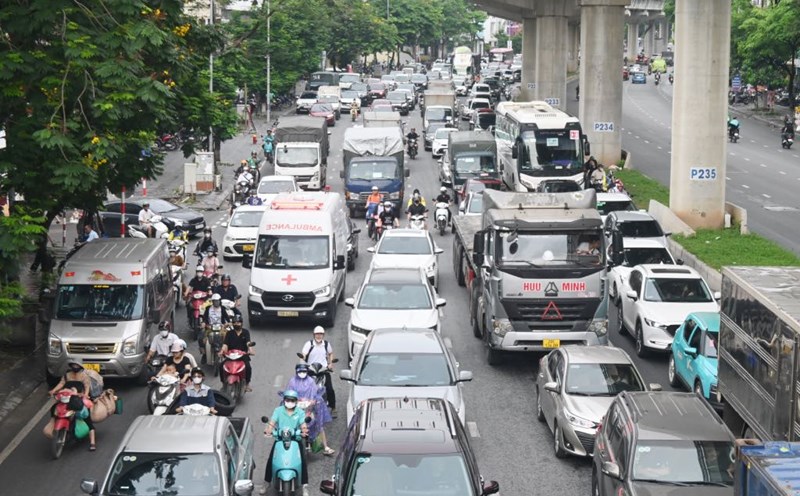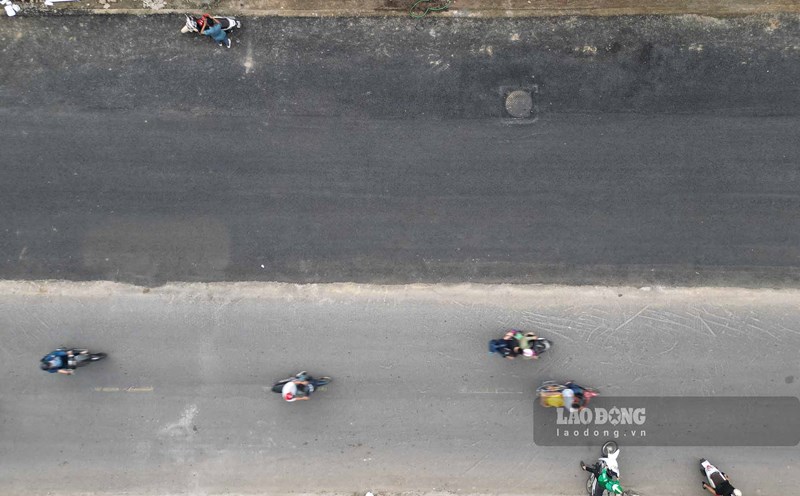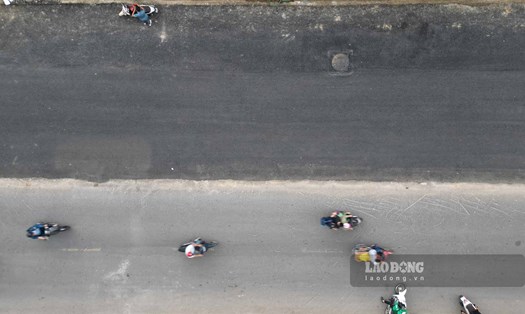On November 20, Hanoi City Police (CATP) held a conference on traffic congestion prevention and control in Hanoi according to the functions and tasks of CATP.
At the Conference, Major General Nguyen Hong Ky - Deputy Director of CATP said that as the capital, the national political, economic and cultural center, Hanoi is facing significant challenges in traffic management.
The rapid urbanization along with the rapid increase in population density and personal means of transport has created pressure to surpass the threshold for the existing transport infrastructure system.
In the recent period, under the close direction of the Ministry of Public Security, the City Party Committee and the City People's Committee, the CATP force has proactively implemented many measures and solutions to ensure traffic order and safety, strengthen the handling of violations and organize scientific traffic flow.
These efforts have brought about certain results, contributing to controlling traffic accidents and minimizing the impact of congestion on some key routes, especially during peak periods.
The Deputy Director of CATP also analyzed that the objective situation shows that traffic congestion in the city is still complicated, especially during peak hours in gateway areas and inner-city routes with high traffic volume.
According to Major General Nguyen Hong Ky, traffic congestion not only directly affects people's lives, but also hinders economic development, increases environmental pollution and reduces the image of urban civilization of the capital.
Therefore, traffic congestion prevention is identified as a strategic, regular and urgent task, requiring the synchronous and drastic participation of the entire government system, in which the CATP force plays a core role.
Speaking at the Conference, Lieutenant General Nguyen Thanh Tung - Director of CATP emphasized that the Traffic Police Department must be the "Index Commander", responsible for synchronously implementing traffic congestion prevention and control plans, session protection plans, national head protection plans, as well as traffic diversion plans in stormy conditions.
At the same time, review the entire traffic system, evaluate "hot spots", organize and effectively deploy forces participating in protecting security and order at the grassroots level to prevent and combat congestion. It is necessary to thoroughly handle illegal parking lots, increase inspection, and handle violations through fines. The Traffic Police force of the Public Order Police and the Commune-level Police must coordinate closely, ensuring the implementation of tasks synchronously with a high sense of responsibility, in accordance with regulations.
Units coordinate with the Department of Construction to advise on placing reasonable signs at "hot" points; monitor and handle construction works that are behind schedule, affecting traffic order.
In addition, the Director of CATP also requested the Traffic Police Department to develop a traffic handling process on cyberspace, connecting data and information from surveillance camera systems, to promptly detect, divert and handle traffic congestion situations.











